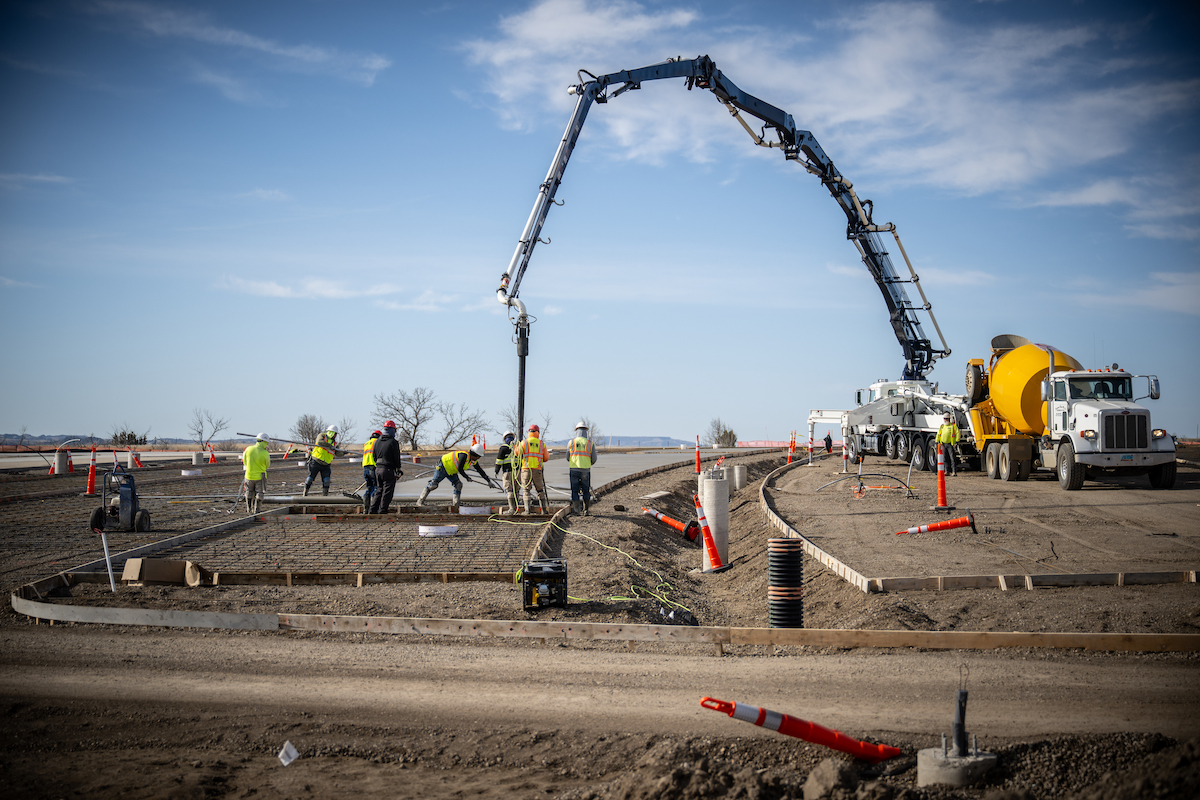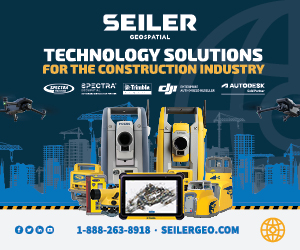Many large and mid-sized heavy equipment manufacturers have started transitioning to electric power to create environmentally friendly, sustainable equipment. However, these manufacturers have struggled to balance machine size with expected performance. The required engineering can take some time to figure out, and not all manufacturers have the necessary experience right out of the gate.
Some equipment manufacturers, however, have been working on electric equipment options for decades. For instance, remote-controlled demolition robots first became viable in the 1970s and continue to offer innovative, safe ways to complete dangerous, labor-intensive jobs. As time goes on, these manufacturers continue to optimize their equipment to provide more power and complete a wider variety of job site tasks while retaining a versatile, compact size.
Demolition machines first became popular to remove slag from vessels in the metal processing industry. Before this, there weren’t many ways to address common issues on demolition and construction job sites, including limited access, confined spaces, low floor loads, and nearby occupied spaces.
Two manufacturers came together to create the first electric demolition machine in 1976. While some of these machines are now diesel, they started and continue to be electric more than 45 years later.
To get the most out of these machines, demolition equipment manufacturers engineer this equipment from the tip of the breaker backward for maximum hitting power. The provided hammer and carrier are perfectly matched so the breaker can operate at peak power and efficiency, no matter the project.

| Your local Volvo Construction Equipment dealer |
|---|
| Nuss Truck & Equipment |
Pound for pound, electric demolition robots provide the highest power-to-weight ratios in the industry, delivering the same results as an excavator three times their size. Simply put, a 5-ton demolition robot easily handles a 1,600-pound breaker designed to fit onto a 10- to 17-ton excavator.
Recently, some demolition machine manufacturers updated their design to ensure a more consistent power delivery over time and increase operational uptime. Additional protections on the machines, including resistance to shock, temperature changes, and vibration, lead to increased reliability in harsh working conditions. A reduction in cables and connectors for these machines reduces weak points while helping to facilitate maintenance and troubleshooting. The new design ensures that faulty electricity or power surges don’t damage the machine, while preserving power consistency.
Electric-powered robots offer a multitude of benefits to demolition and construction contractors. These machines are small enough to get into confined spaces with low floor loads while also offering an option for projects requiring zero emissions.
Today’s machines have evolved to look more like small excavators with a three-part arm that can wield a number of attachments. Some manufacturers’ robots range in size from 23.5 inches wide and 1,235 pounds to 84.65 inches wide and 25,133 pounds. The smaller designs can fit through doorways, into elevators, and even climb stairs.

| Your local Link Belt dealer |
|---|
| Hayden-Murphy Equipment Co |
In one example, a contractor took on a project in St. Louis, Missouri, to retrofit an old warehouse, including installation of helical piers to bolster the foundation. The location required zero emissions, which limited equipment options. Another challenge was that the location couldn’t support larger equipment, which meant they needed compact options with high power outputs.
The contractor partnered with a demolition manufacturer to find a remote-controlled demolition robot capable of the necessary torque in such a confined space. The team ended up choosing a 6-ton machine with a power output of 41 kilowatts to complete the installation.
When they hit a snag in the project that required drilling through rubble to get to the soil in the basement, they found that the electric demolition machine they chose could complete both installation of the helical piers and the drilling project — no additional equipment required. The project that would have been impossible with larger equipment was completed in just three weeks.
The wide variety of attachments available for electric demolition robots increases their value. The power output available makes them ideal for drilling, breaking, scaling, and more. While the machines come standard with a breaker, other attachments such as concrete crushers, planers, drum cutters, and grapples optimize the electric power.

| Your local Komatsu America Corp dealer |
|---|
| Road Machinery and Supplies Company |
Demolition machines also keep operators safe through remote-controlled operation. Wireless remote technology allows operators to remain up to 300 meters away from the machine, with options to go further with specialty systems.
The engineering of remote-controlled demolition machines has years of experience behind it. Remote-controlled demolition robots are now the go-to choice for everything from soft demolition to top-down demolition, underground mining, tunneling, bridge deck maintenance, and even specialty applications such as helical pier installation.
Many electric equipment providers are in the beginning stages of their product development, which means they need to focus on creating equipment that can meet the high power demands of the demolition and construction sectors.
Luckily, demolition equipment manufacturers already reached the point in their development where they can provide impressive power-to-weight ratios. Now they have moved on to maximizing equipment design for ease of maintenance and operator comfort.




































































